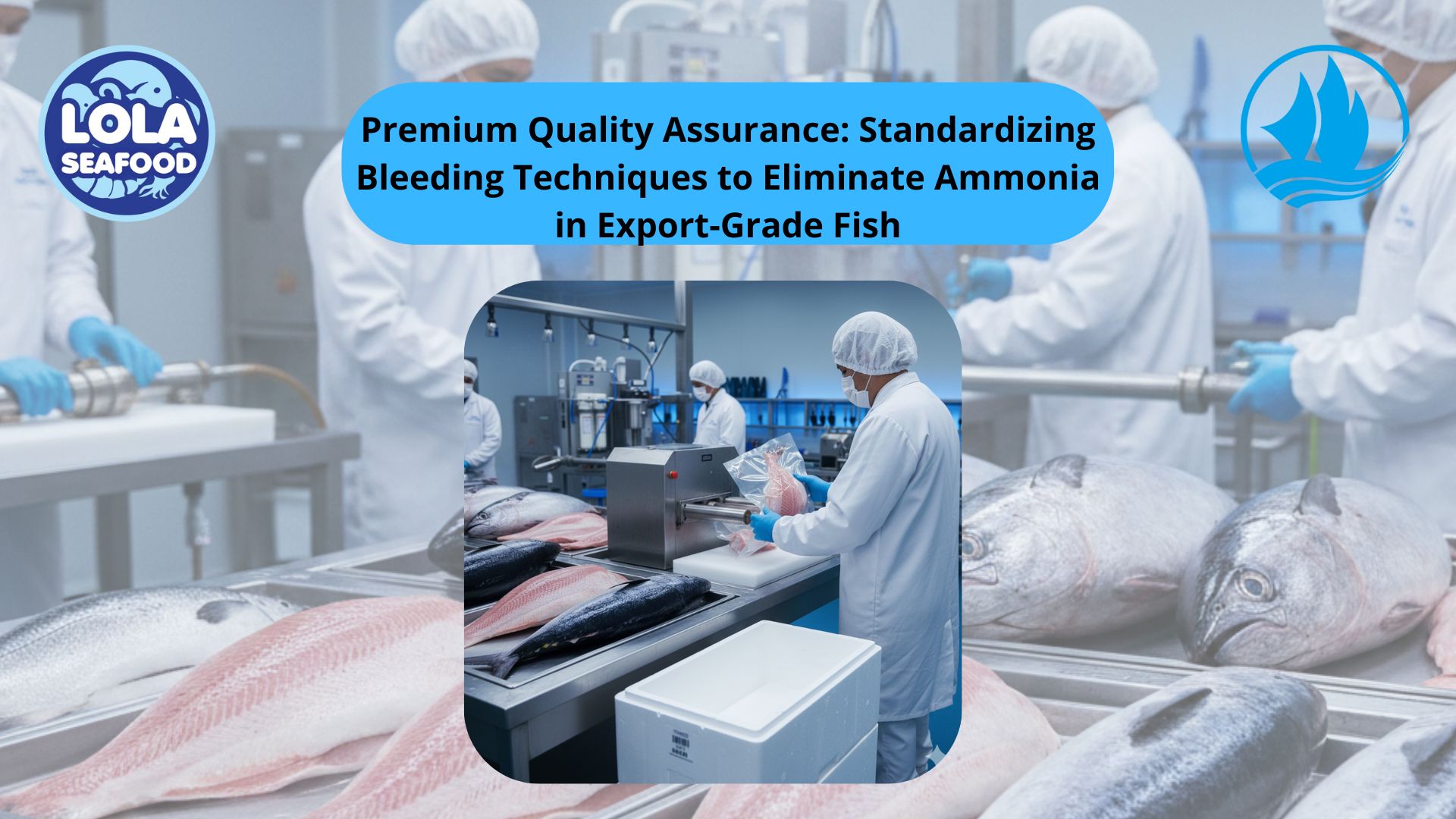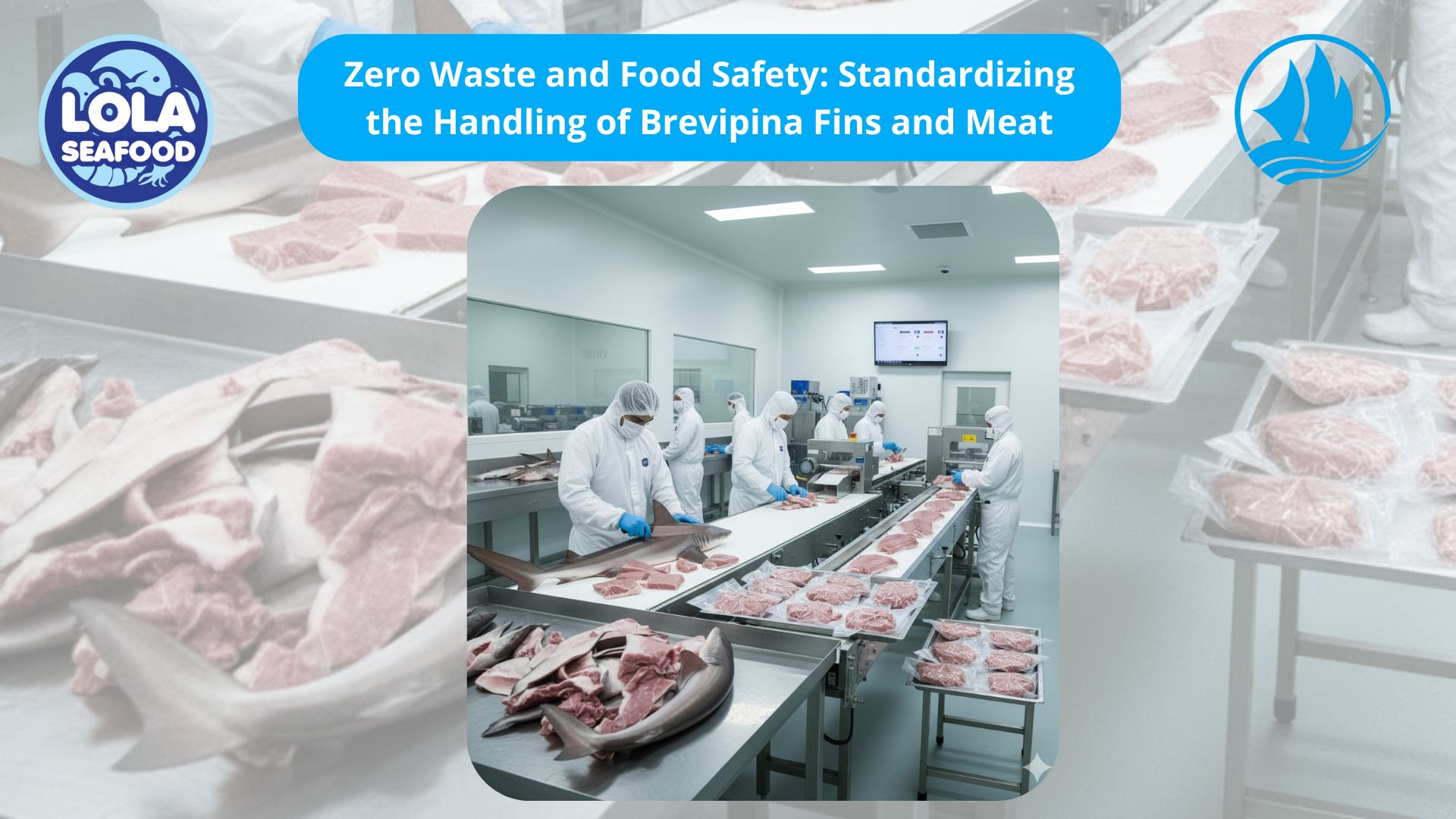Why Panning Improves Texture and Shelf Life in Frozen Fish Products
By. Ely Kusniawati - 10 Sep 2025.jpg)
Kelolalaut.com In the modern seafood industry, ensuring the freshness and quality of fish is a constant challenge. Fish, by nature, is one of the most perishable protein sources due to its high moisture content, delicate muscle fibers, and rich lipid composition. If not preserved correctly, it can quickly lose its texture, flavor, and nutritional value. For decades, freezing and glazing have been the dominant preservation techniques, but one critical step that often goes unnoticed is panning. This process, though subtle, plays an essential role in improving both the texture and shelf life of frozen fish products.
Understanding Panning in Fish Processing
Panning involves applying a thin layer of chilled water onto the surface of fish fillets or portions. This is typically done by passing the frozen fish under a spray of cold water or immersing them briefly, forming a micro-coating of ice. Unlike glazing, which creates a thicker protective ice layer, panning results in a lighter coating that serves as a pre-protective layer.
The technique might appear minor, but it is a carefully controlled process. Too little coating and the protection becomes ineffective; too much, and it risks unnecessary water usage or altered product weight. When applied correctly, panning ensures the fish is better protected during storage, transportation, and final preparation.
The Impact of Panning on Fish Texture
Texture is one of the main quality attributes consumers look for in seafood. A fish fillet that is dry, fibrous, or rubbery will rarely meet market expectations. Panning helps maintain desirable texture through several mechanisms:
- Moisture Retention
The thin ice layer created by panning helps lock in natural juices, reducing water loss during freezing and thawing. This prevents the fillet from becoming dry and stringy. - Minimized Freezer Burn
Freezer burn occurs when unprotected fish loses moisture to the cold, dry air inside storage units. Panning acts as a shield, reducing direct exposure and preserving tenderness. - Reduced Protein Damage
Exposure to oxygen and temperature fluctuations can denature proteins in fish muscle, causing toughness. Panning slows these chemical changes, keeping the flesh delicate. - Improved Portion Separation
In large-scale processing, fish fillets are often stacked together. Without a protective layer, they freeze into clumps, and separating them later causes tearing or breakage. Panning reduces this adhesion, protecting the product’s structure.
Extending Shelf Life Through Panning
In addition to texture, panning significantly influences the shelf life of frozen fish products. Shelf life is determined not just by how long a product remains safe to eat, but also how long it retains its desirable sensory qualities—taste, smell, color, and appearance.
- Delayed Oxidation
Fish lipids, especially polyunsaturated fatty acids like omega-3s, are prone to oxidation, leading to rancid flavors. The water layer formed during panning reduces oxygen contact, slowing lipid degradation. - Microbial Protection
While freezing already inhibits microbial growth, panning adds an additional barrier that covers tiny cracks or imperfections on the fish surface where microbes could hide. This enhances food safety. - Reduced Dehydration During Storage
Over time, frozen products lose water through sublimation, a process where ice turns directly into vapor. The micro-coating from panning slows sublimation, keeping the product juicy and fresh. - Better Foundation for Glazing
In many facilities, panning is performed as a preparatory step before glazing. The thin water coating ensures that the glaze layer adheres evenly, resulting in more consistent and effective protection over long-term storage.
Industry Benefits of Panning
The seafood industry benefits from panning not just in product quality but also in economic and operational efficiency.
- Reduced Waste: By preventing freezer burn and handling damage, processors lose fewer products to spoilage or consumer rejection.
- Extended Market Reach: Longer shelf life means fish can be transported across greater distances without quality deterioration, supporting international trade.
- Consumer Confidence: Products that retain their freshness, flavor, and texture build stronger trust with customers, enhancing brand reputation.
Innovations in Panning Technology
Traditionally, panning was performed using simple water sprays or immersion techniques. Today, technology is evolving to make the process more precise and sustainable. Automated systems now allow processors to control the thickness of the ice layer with high accuracy, ensuring uniform coverage without unnecessary water consumption.
Furthermore, researchers are exploring functional panning solutions, where water is enriched with natural antioxidants or antimicrobial agents such as vitamin C extracts, green tea polyphenols, or chitosan. These enhanced coatings could provide added protection against spoilage while meeting consumer demand for natural preservation methods.
Panning and Sustainability
Sustainability is increasingly at the forefront of seafood processing. By extending shelf life and reducing product losses, panning directly contributes to minimizing food waste, one of the major environmental challenges in global food supply chains. In addition, modern panning technologies are designed to use water more efficiently, aligning with sustainability goals in resource management.
Though often overshadowed by freezing and glazing, panning plays a vital role in maintaining the quality, texture, and shelf life of frozen fish products. By reducing moisture loss, preventing freezer burn, and delaying oxidation, it ensures that fish remain closer to their fresh state even after long periods of storage.
For the seafood industry, panning is more than just a technical step—it is a safeguard for quality, a tool for economic efficiency, and a contributor to sustainability. As consumer demand for high-quality frozen seafood continues to grow, innovations in panning will remain central to delivering safe, nutritious, and delicious fish products to markets worldwide.
If youre interested in our Emperor Whole Round / Whole Gilled Gutted Scale , Emperor Red Spot Whole Round / Whole Gilled Gutted Scale , Emperor Grass Whole Round / Whole Gilled Gutted Scale , Emperor Fillet Skinless and Emperor Fillet Skin On do not hesitate to contact us through email and/or whatsapp
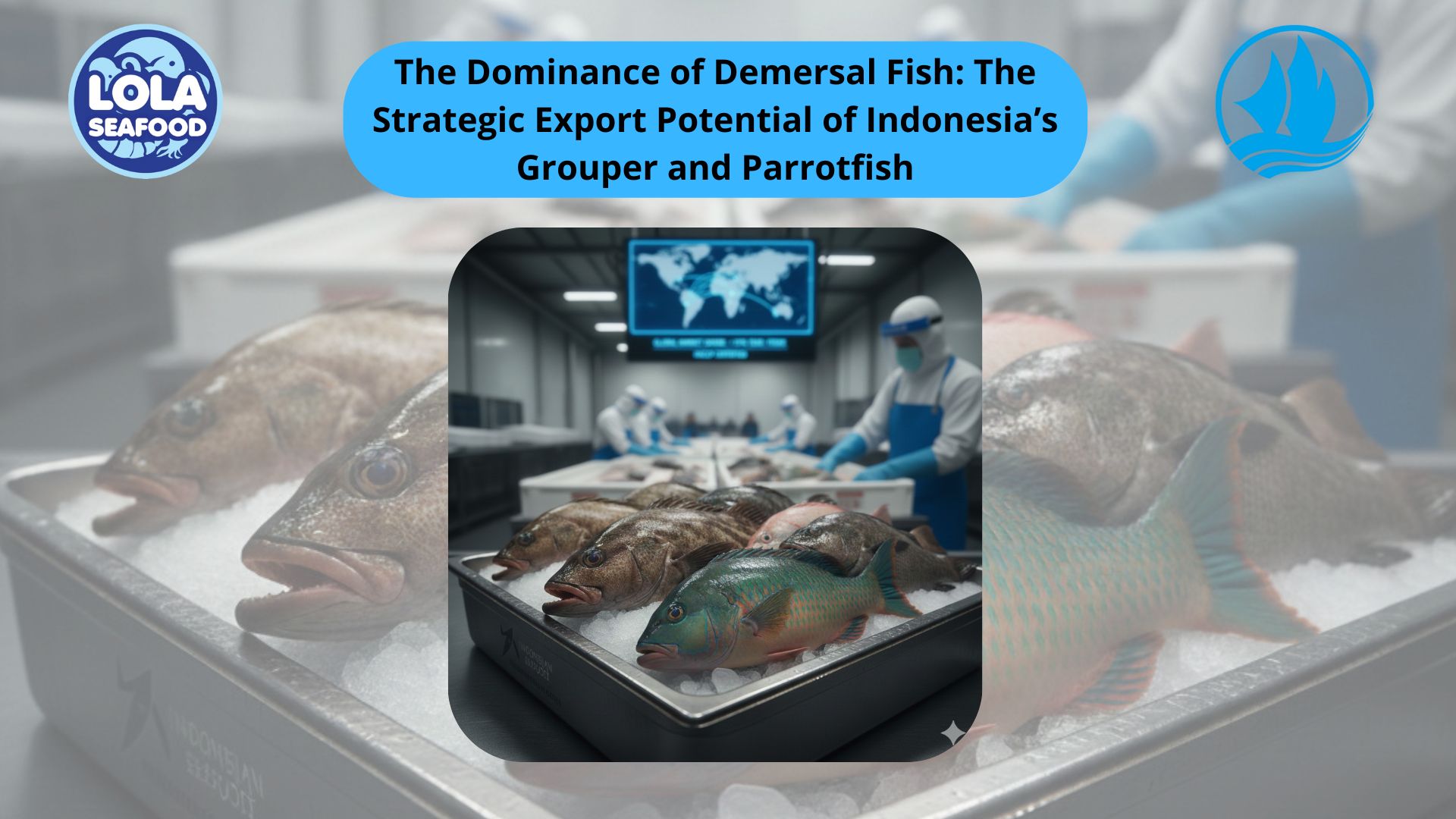
The Dominance of Demersal Fish: The Strategic Export Potential of Indonesia’s Grouper and Parrotfish
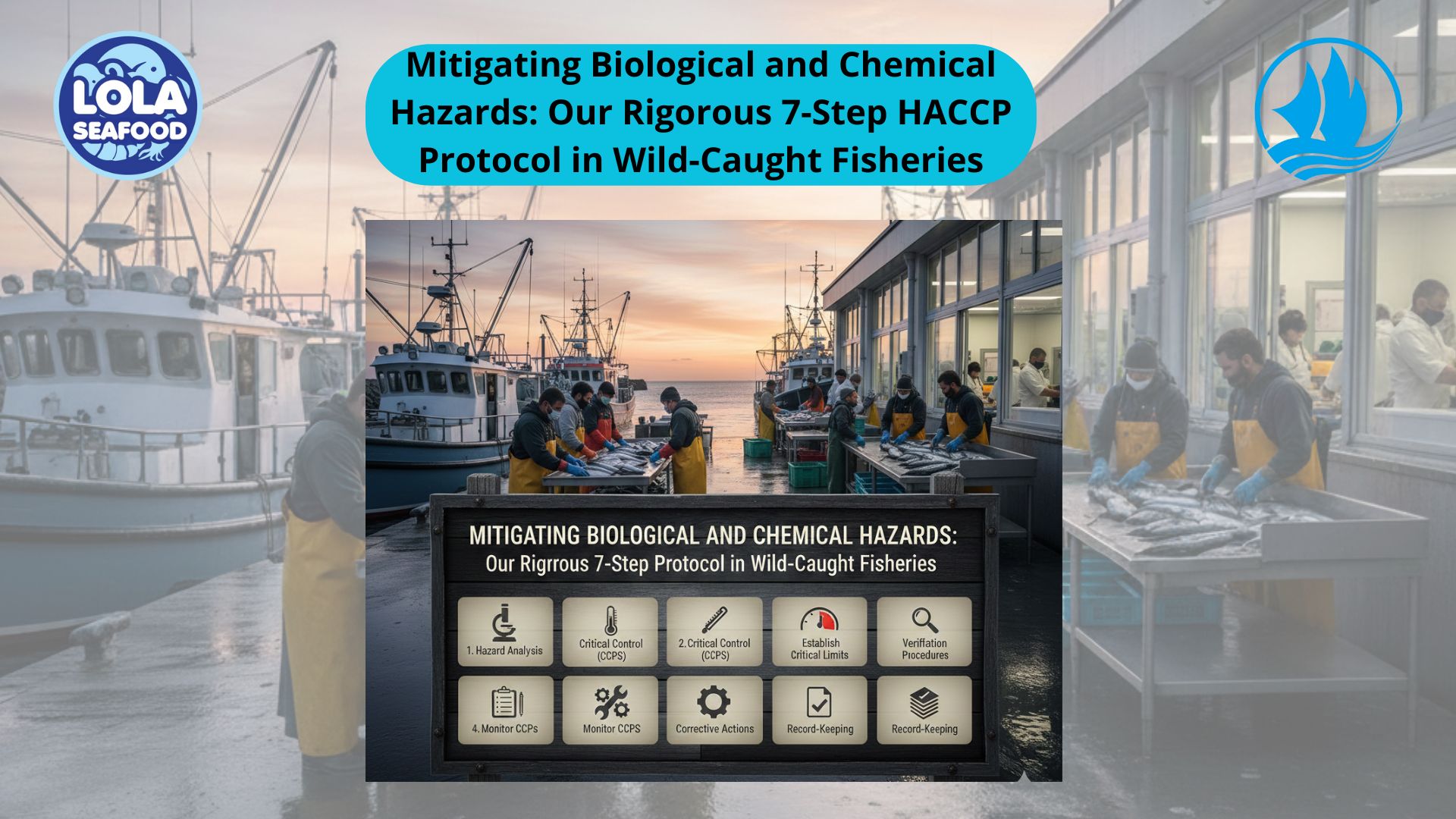

.jpg)
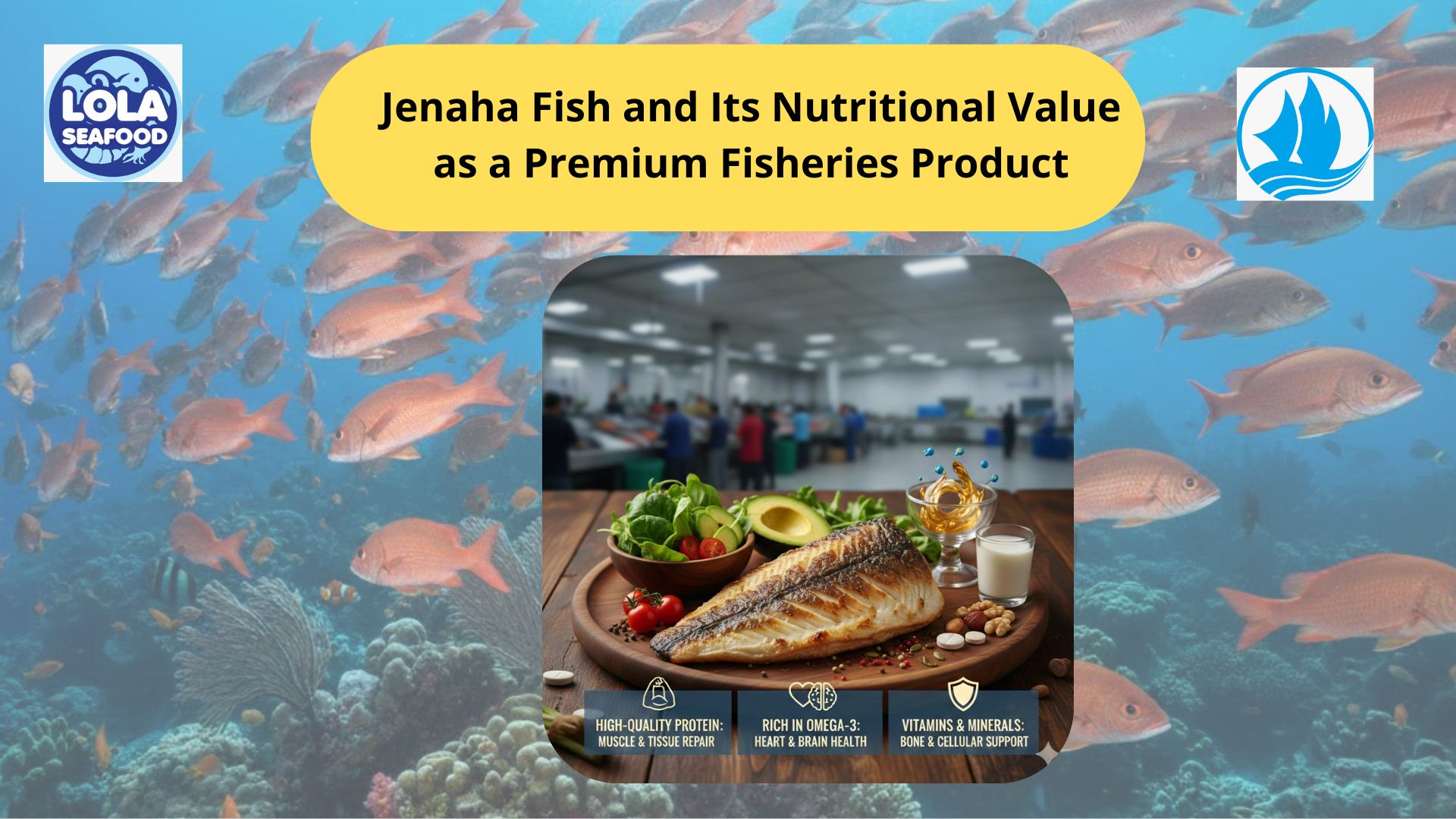
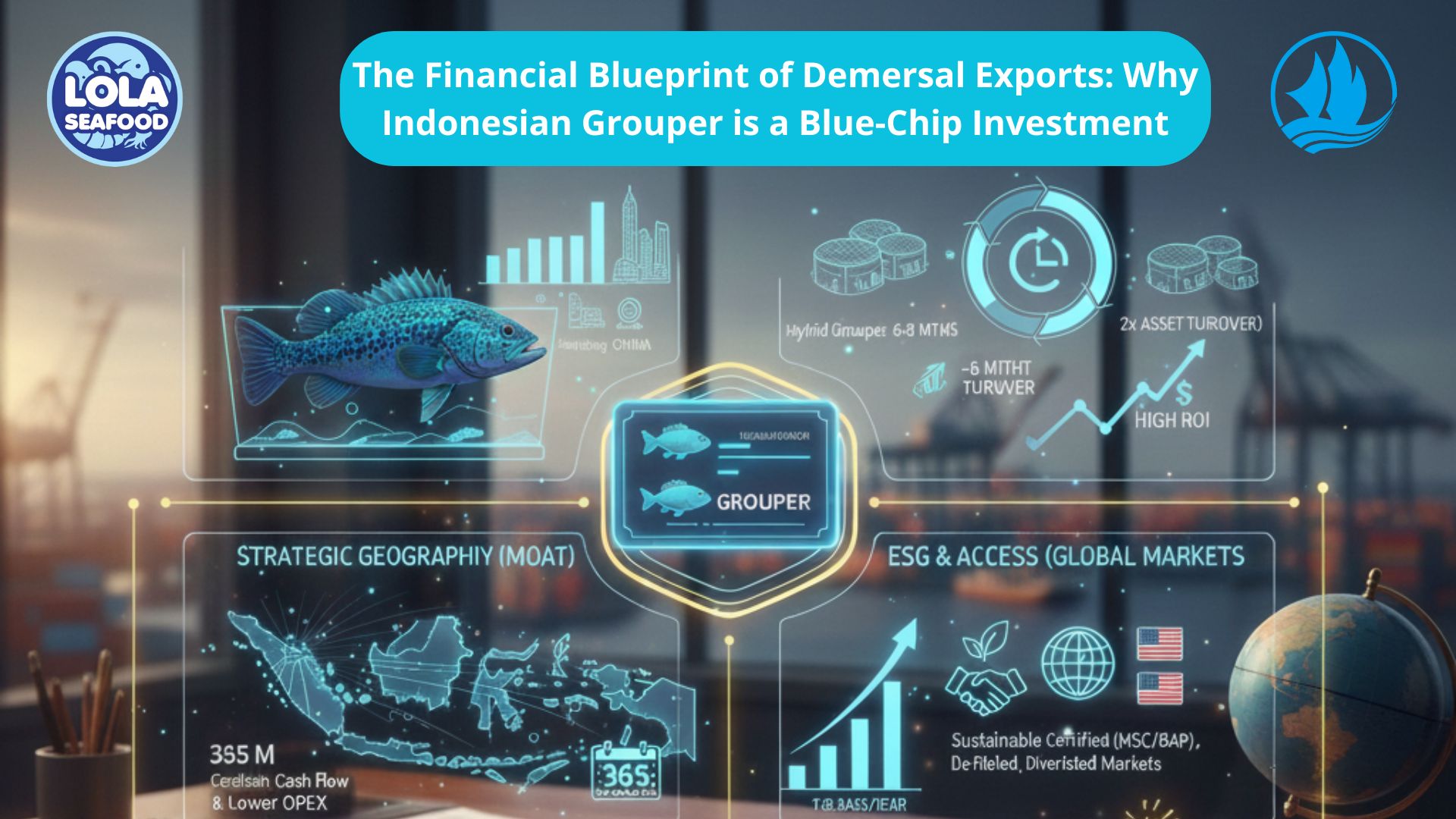
.jpg)
